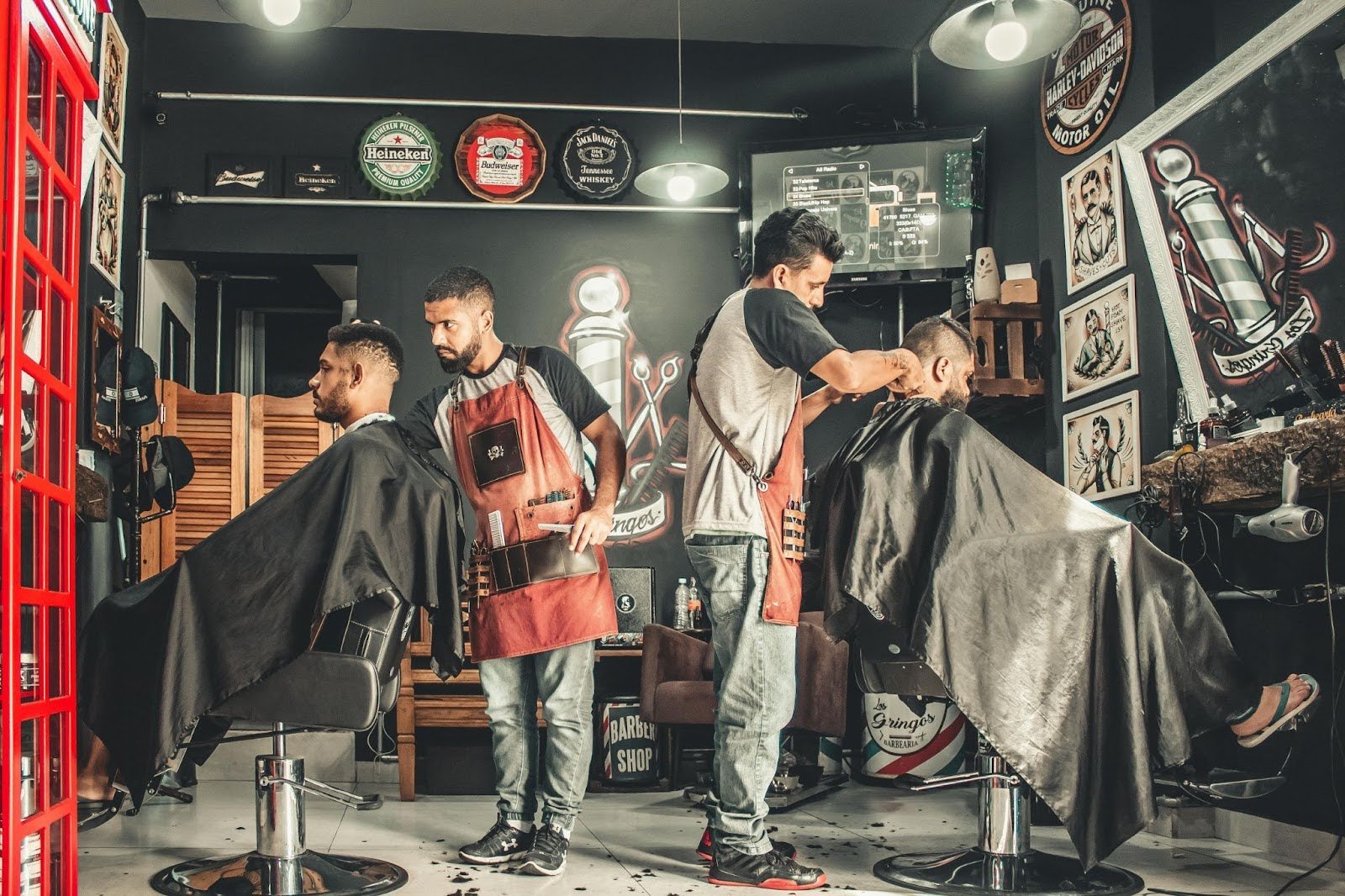A perfect hair trimmer makes grooming easier and more efficient. Features like precise blade material, grip, weight distribution, and more contribute a lot to its functionality, which is why some trimmers glide through the hair smoothly while others struggle to keep up. The high-quality material blades guarantee durability and reduce skin sensitivity, while the right ergonomics minimize hand fatigue. But that’s not all; there are many other factors about a trimmer that impact your grooming routine. Let’s learn about them in detail.
Ergonomics of Hair Trimmer
Ergonomics play a crucial role in user comfort and cutting performance for hair trimmers. A well-designed trimmer should fit naturally in your hand, reducing strain and fatigue during use. Let’s explore the key aspects of trimmer ergonomics that can make or break your grooming experience.
Grip and Handle Design
The grip of your trimmer is important, as it allows for better control and precision, especially during those longer grooming sessions. If you are buying one of the gamma trimmers, look for the one with contoured shape that can fit snugly in your palm.
Weight and Balance
Lightweight, well-balanced hair trimmers are easier to manage, reducing hand fatigue. However, don’t confuse lightweight with flimsy—a quality trimmer should still feel substantial enough to provide stability during use.
Clipper Size and Shape
The overall size and shape of the clipper impact how easy it is to handle in different trimming techniques. A compact design allows the user to reach tight or awkward spots, such as around the ears or neckline, more efficiently. Trimmers with bulky clippers may be harder to control in these areas, reducing trimming accuracy.
Vibration and Noise Levels
A trimmer that vibrates excessively or produces too much noise can negatively impact user comfort and focus. Excessive vibration can lead to a loss of precision and control, especially when performing detailed work. Noise, while not directly affecting trimming performance, can lead to discomfort over time, particularly for professionals working in a noisy environment all day. Trimmers designed to minimize both can increase user efficiency by allowing them to concentrate on their work without distractions.
Controls and Buttons Placement
The placement and accessibility of controls and buttons significantly affect how quickly and efficiently a user can operate the trimmer. If the power button, speed settings, or adjustment levers are awkwardly placed, it can disrupt the trimming process and lead to accidental adjustments or power-offs. Properly placed controls allow the user to make quick, seamless adjustments mid-trim without stopping, improving workflow and precision.
Corded vs. Cordless Design
Your choice between corded and cordless trimmers can significantly impact ergonomics. Cordless models offer freedom of movement but may lag behind in terms of power and require frequent charging.. Corded trimmers provide consistent power but require managing the cord length. Consider your specific needs when choosing the two.
Blade Size and Shape:
The size and shape of the blade significantly affect how efficiently the trimmer works for different styles and tasks. Larger blades cover more surface area, making them ideal for quickly trimming large sections of hair or for all-over haircuts. However, they may lack the precision needed for detailing work like edging or shaping beards. In contrast, smaller, more precisely shaped blades offer enhanced control for detailed work, such as around the ears, neckline, or intricate beard designs.
Heat Generation
Heat generation is an often overlooked but essential factor in a trimmer's efficiency. When blades generate excessive heat, they can become uncomfortable for both the user and the client, especially during prolonged use. Overheating can also affect the longevity of the trimmer by causing wear and tear on the blades, reducing their sharpness, and potentially damaging the motor. In some cases, excessive heat can even result in burns or irritation to sensitive skin.
Blade Material for Trimmers
Stainless steel
Steel is the most popular blade material for trimmers and foil shavers due to its durability, resistance to corrosion, and affordability. Whether you are a professional barber or someone who trims regularly at home, these blades are easy to clean and maintain. Plus, they are suitable for any hair type.
Carbon Steel
Carbon steel blades are harder than stainless steel, offering even sharper cutting performance. They stay sharp longer, providing precise trims. However, they are more prone to rust and require regular maintenance and oiling to avoid corrosion. This type is ideal for users needing high precision and sharpness but willing to invest time in maintenance.
Ceramic
Ceramic blades stay cooler during use compared to metal blades, making them more comfortable for long sessions. They maintain sharpness for an extended period, and since they don’t rust, they require less maintenance. However, they are more fragile and prone to chipping if dropped. These blades are best suited for those looking for long-lasting sharpness without the hassle of frequent oiling.
Titanium
Titanium blades are highly durable, corrosion-resistant, and lightweight. They stay sharper for longer and can handle tougher hair types without losing efficiency. Titanium-coated blades are sometimes used to increase the strength of steel blades. They are a premium option for users looking for long-lasting performance with minimal maintenance. However, they come at a higher price.
Now that you know the impact of hair trimmer ergonomics and blade material on its efficiency, consider these factors before buying a trimmer for smooth and hassle-free grooming sessions. If you are thinking about where to buy a hair trimmer with high quality and of top brands in the market, reach out to Modern Barber Supply. Visit our website to shop our top-quality products now!






















